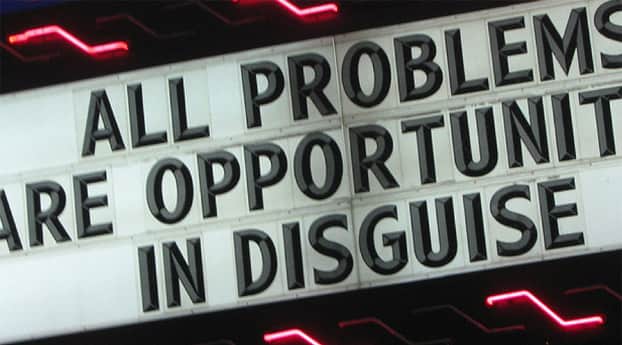What Drives Returns and the Need for Reverse Logistics?

In reverse logistics, the single most important factor is always the bottom line. Now, those unfamiliar with the industry might wonder why the first sentence of the article seemingly answered the title question. However, as a savvy logistics manager, you understand that the bottom line is too complicated to sum up in just one sentence. Several factors contribute to the need for reversing the supply chain and how those factors impact revenue.
Customer Driven Returns
Once a consumer makes a return, the product can be re-stocked and re-sold in a perfect world. A retailer’s ultimate goal is to re-sell as quickly as possible before money or credit has gone out the door. The sooner they re-sell the item, the sooner they can recoup their loss.
You can often re-stock a returned item caused by buyer’s remorse since there’s usually nothing wrong with the product. But when goods are damaged, worn out, poorly constructed, or defective, the retailer will need to initiate a reverse strategy to the manufacturer.
All of these factors affect the bottom line because the overall value of the product – as well as the cost to reverse – means a loss to the retailer and manufacturer.
Manufacturer Driven Returns
Customer returns are just one reason to implement a reverse logistics solution. Manufacturers need to consider a multitude of issues that may never concern a customer.
When a new product gets introduced, it usually has a marketing push behind it to drive sales. But sometimes, that merchandise doesn’t move at the rate a manufacturer hoped and must be reversed.
Additionally, products can become outdated, unfashionable, or obsolete. Manufacturers also need to consider changes in packaging and product recalls. All of these reasons impact the value of items and the potential loss of revenue.
Economic Driven Returns
Admitting a product is unsaleable is hard for some retailers and manufacturers. Their efforts to put a quality product on the market can sometimes fall short simply because the economy doesn’t support the sale. When the public doesn’t respond to your products, it can cost your business.
Price point can drive a lack of sales, but if the manufacturer ignores the issue, the overall value of the item continues to plummet even further. The best way to retain a product’s value is to admit the economic problem as soon as it’s discovered.
When a product sits on a shelf collecting dust, the loss can be more substantial than if it was sold at a reduced cost. So, a manufacturer might find that placing the product in a secondary market at a reduced price can recoup some lost income.
Whether a product is damaged, phasing out, or simply not selling due to the financial position of the economy, what really drives reverse logistics is the value of the item in question. Value is the central aspect of your bottom line.
Image credit: Bright Vibes



